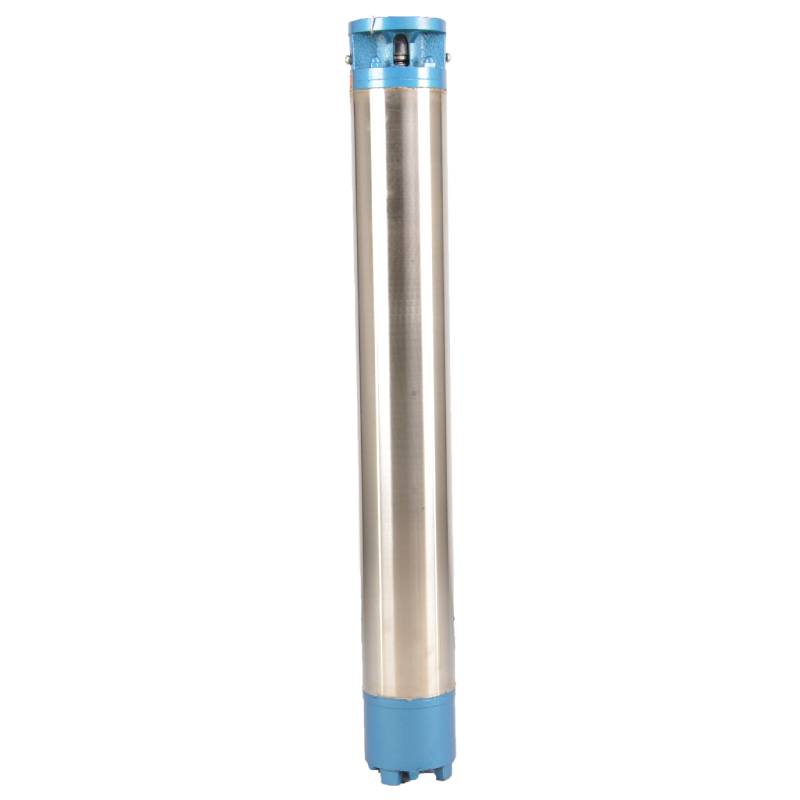Nov . 29, 2024 20:33 Back to list
how does a submersible sump pump work
How Does a Submersible Sump Pump Work?
A submersible sump pump is an essential device for managing water accumulation in basements, crawl spaces, and other low-lying areas. Its primary function is to prevent flooding and water damage by removing excess water from these spaces. Understanding how this mechanism works provides insight into its importance and helps homeowners make informed decisions regarding their water management systems.
At its core, a submersible sump pump is designed to operate while submerged in the water it is pumping out. Unlike pedestal pumps, which have the motor above ground, submersible pumps house both the motor and the pump in a sealed unit that is submerged under the water in a sump pit. This design offers several advantages, such as quieter operation and increased efficiency, making them a popular choice for home flood prevention.
Components of a Submersible Sump Pump
The primary components of a submersible sump pump include the electrical motor, pump casing, impeller, float switch, and discharge pipe. The electrical motor is the heart of the pump, providing the power necessary to lift water against gravity. The pump casing encases these components and protects them from debris and damage. The impeller, a rotating part of the pump, creates the necessary pressure to move water through the pump.
The float switch is a critical component that controls the pump's operation. It works on a simple principle as the water level rises in the sump pit, the float also rises. Once the water reaches a certain height, the float switch activates the pump, allowing it to begin removing water. Conversely, when the water level drops, the float lowers, turning off the pump. This automated process ensures that the pump operates only when necessary, conserving energy and preventing wear and tear.
How a Submersible Sump Pump Works
how does a submersible sump pump work

When water begins to accumulate in a sump pit, the process starts with the float switch. Once the water reaches a predetermined level, the float switch triggers the pump. The electrical motor powers the impeller, causing it to spin rapidly. As the impeller spins, it creates a centrifugal force that pulls water into the pump through inlet holes.
Once inside the pump casing, the water is pushed out through the discharge pipe due to the pressure created by the spinning impeller. The design of the impeller and pump casing helps channel the water efficiently, allowing for quick removal from the sump pit. The discharge pipe then carries the pumped water away from the house, typically directing it to a drainage system or a designated area in the yard, far enough from the foundation to prevent backflow.
Maintenance and Considerations
While submersible sump pumps are generally robust machines, they still require regular maintenance to ensure optimal performance. Homeowners should inspect the pump periodically, check the float switch for proper operation, and clean any debris that may accumulate in the sump pit. Additionally, testing the pump by pouring water into the pit can confirm that the system functions correctly.
It’s also important to have a backup system in place. During heavy rainstorms or power outages, sump pumps may fail or become overwhelmed. Installing a battery backup sump pump system can provide an extra layer of security, ensuring that your home remains protected from water damage even during emergencies.
Conclusion
In summary, a submersible sump pump is a powerful tool for managing excess water in basements and crawl spaces. Its submerged design offers efficiency and noise reduction, while the automated float switch allows for hands-free operation. Understanding how submersible sump pumps work can help homeowners appreciate their value in flood prevention and the importance of regular maintenance to keep these systems running smoothly. By investing in a reliable submersible pump and proper maintenance, homeowners can safeguard their properties against the damaging effects of water accumulation.
-
Submersible Water Pump: The Efficient 'Power Pioneer' of the Underwater World
NewsJul.01,2025
-
Submersible Pond Pump: The Hidden Guardian of Water Landscape Ecology
NewsJul.01,2025
-
Stainless Well Pump: A Reliable and Durable Pumping Main Force
NewsJul.01,2025
-
Stainless Steel Submersible Pump: An Efficient and Versatile Tool for Underwater Operations
NewsJul.01,2025
-
Deep Well Submersible Pump: An Efficient 'Sucker' of Groundwater Sources
NewsJul.01,2025
-
Deep Water Well Pump: An Efficient 'Sucker' of Groundwater Sources
NewsJul.01,2025
-
 Submersible Water Pump: The Efficient 'Power Pioneer' of the Underwater WorldIn the field of hydraulic equipment, the Submersible Water Pump has become the core equipment for underwater operations and water resource transportation due to its unique design and excellent performance.Detail
Submersible Water Pump: The Efficient 'Power Pioneer' of the Underwater WorldIn the field of hydraulic equipment, the Submersible Water Pump has become the core equipment for underwater operations and water resource transportation due to its unique design and excellent performance.Detail -
 Submersible Pond Pump: The Hidden Guardian of Water Landscape EcologyIn courtyard landscapes, ecological ponds, and even small-scale water conservancy projects, there is a silent yet indispensable equipment - the Submersible Pond Pump.Detail
Submersible Pond Pump: The Hidden Guardian of Water Landscape EcologyIn courtyard landscapes, ecological ponds, and even small-scale water conservancy projects, there is a silent yet indispensable equipment - the Submersible Pond Pump.Detail -
 Stainless Well Pump: A Reliable and Durable Pumping Main ForceIn the field of water resource transportation, Stainless Well Pump has become the core equipment for various pumping scenarios with its excellent performance and reliable quality.Detail
Stainless Well Pump: A Reliable and Durable Pumping Main ForceIn the field of water resource transportation, Stainless Well Pump has become the core equipment for various pumping scenarios with its excellent performance and reliable quality.Detail
